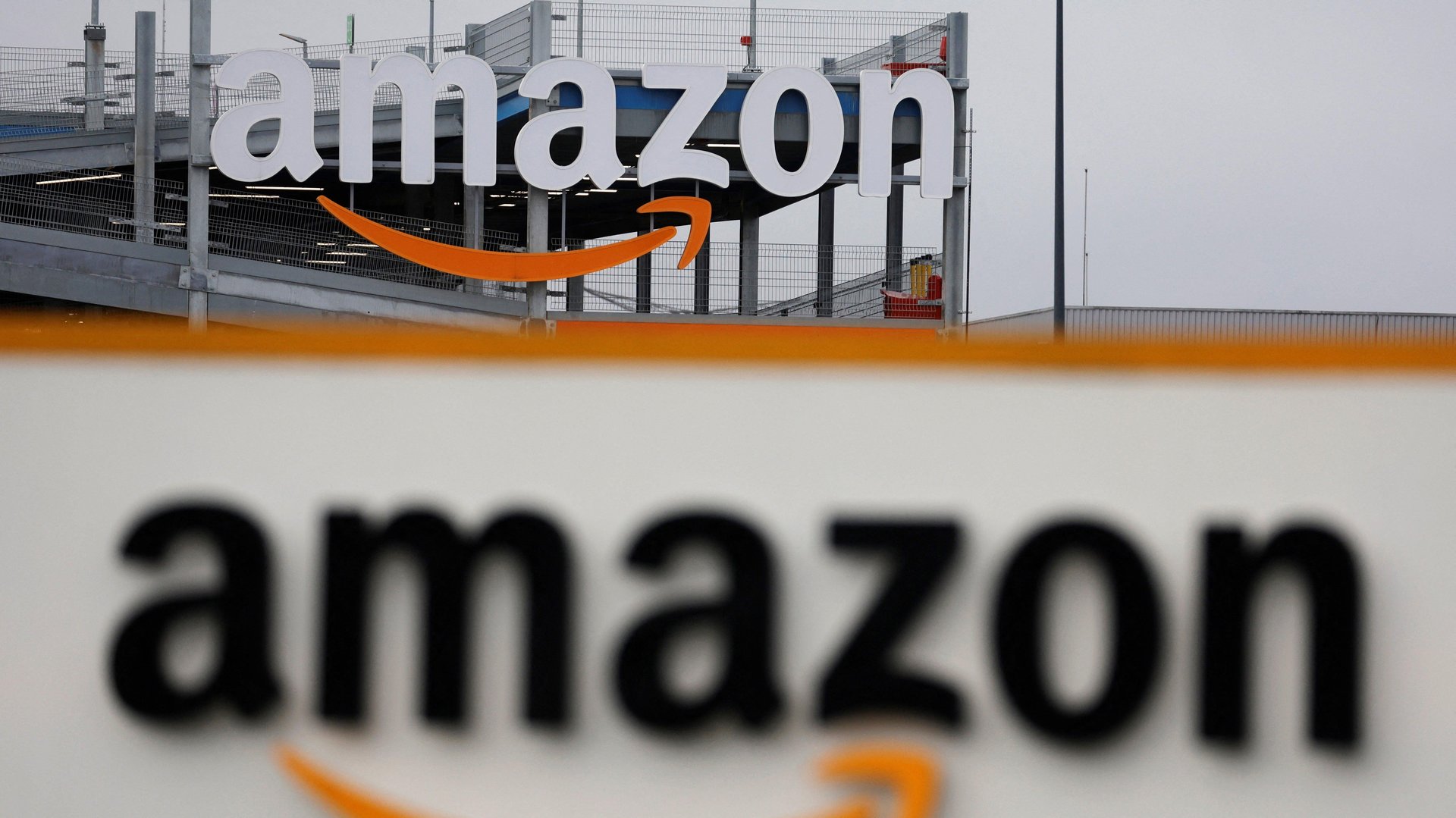Amazon's dominance has limits: Here's what consumers still buy directly from makers
Amazon seems like the everything store, but the online marketplace may have reached its peak

Despite its retail dominance, Amazon has yet to conquer fashion.
According to survey data from market research firm Forrester, consumers in some categories are still more likely to go directly to the manufacturer than to Amazon to buy products. Businesses in the fashion industry in particular have stronger digital sales through their own websites than on Amazon.
That’s because apparel companies have had a history of selling directly to consumers, both within physical retail stores and online, said Sucharita Kodali, a retail analyst at Forrester who conducted the 2021 survey. These companies, she said, were some of the earliest players to be savvy about email marketing, and its ability to create loyalty with customers. Shifting online was never a heavy lift for most fashion retailers.
Consumer packaged goods
Meanwhile, businesses in consumer packaged goods (CPG)—think food, beverages, and toiletries—have a stronger presence on Amazon compared to the manufacturer’s own site or wholesale sites like Walmart or Costco.
Part of the challenge for CPG companies is that it’s hard to sell a single tube of toothpaste on a website without losing money on it. Businesses could be creative and bundle the tubes, a practice Amazon has had success with in the CPG category. But companies tend to be stuck in their old ways and afraid to spend the upfront costs of marketing a new side of the business, she said.
But Kodali argued that it’s a risk worth taking. She says that by not selling online, retailers are missing out on the valuable customer data—like demographics and emails—of which Amazon has already taken full advantage.
“You’re already sending a truck to every distribution center, so how hard is it to add a DTC order on that truck going there?” she asked.
Does Amazon still have room to grow?
Amazon has long disrupted the retail industry, forcing businesses to innovate when it comes to packaging and delivery times in order to compete for digital-savvy customers. Though Amazon has yet to dominate the fashion world, the company — like Walmart — is still one of the biggest fashion retailers in the world by volume, Kodali said.
So has Amazon reached its peak?
“Kind of,” Kodali said. “The days of the super aggressive customer acquisition policies, the aggressive pricing policies that are incredibly money-losing may be behind it.”